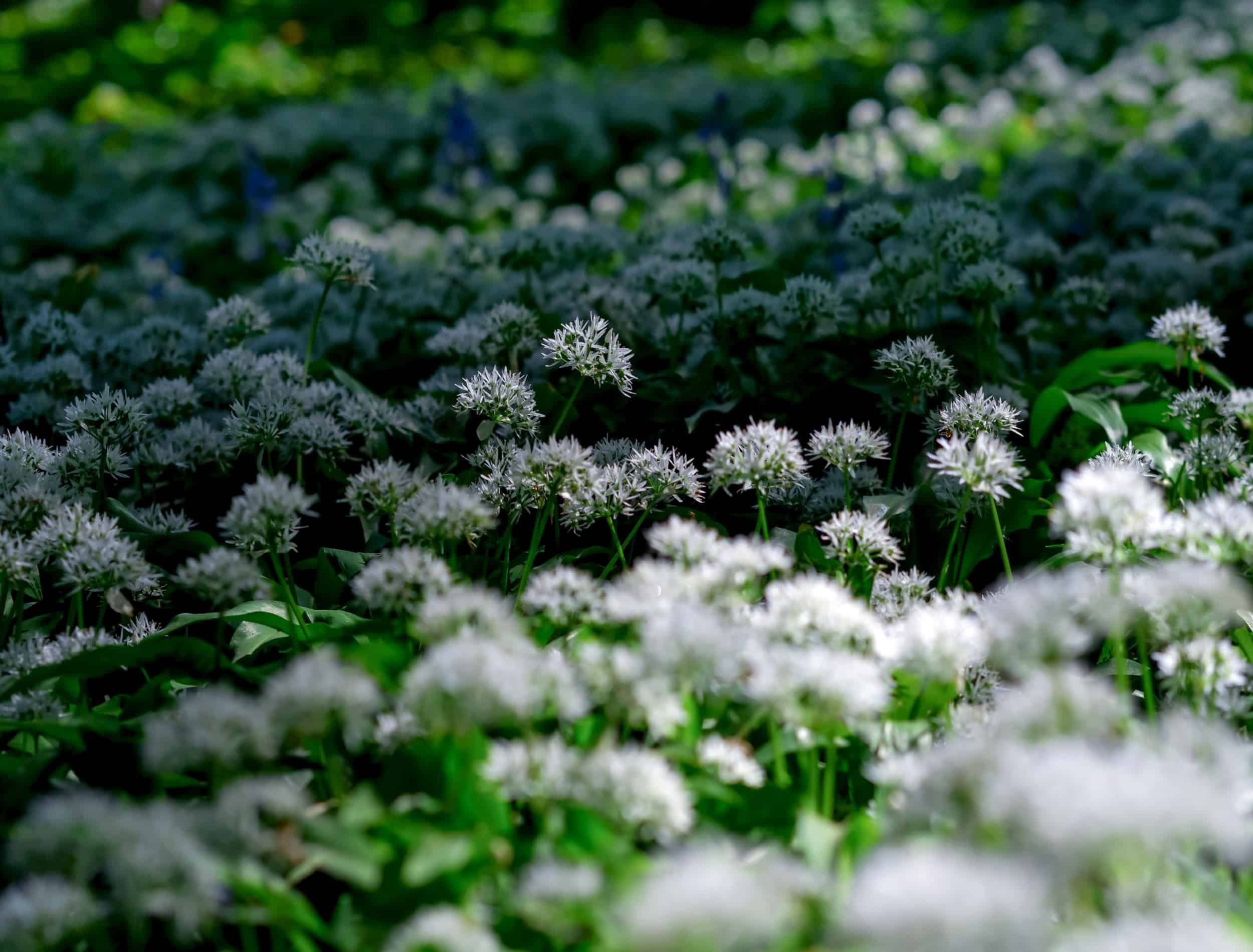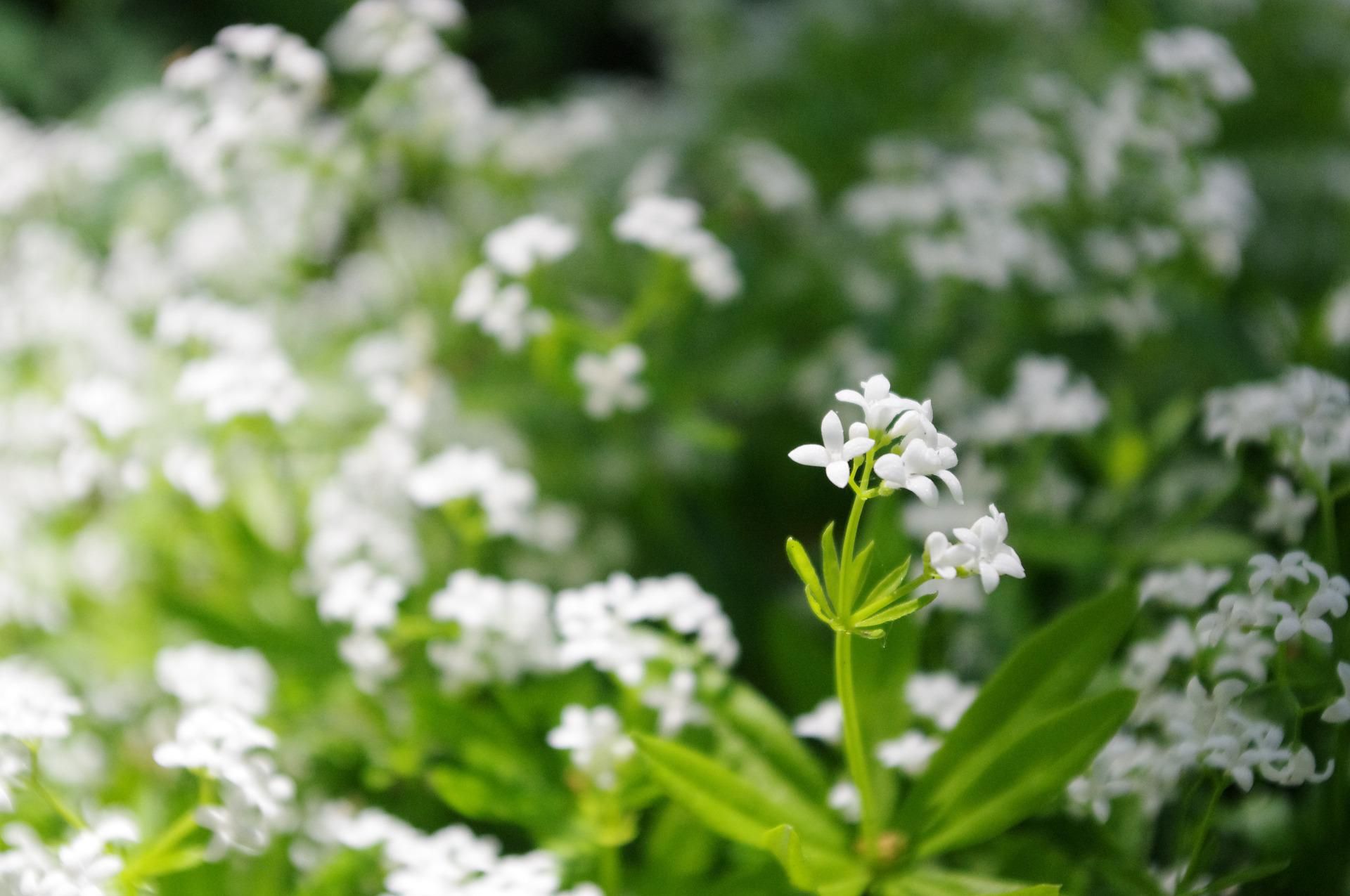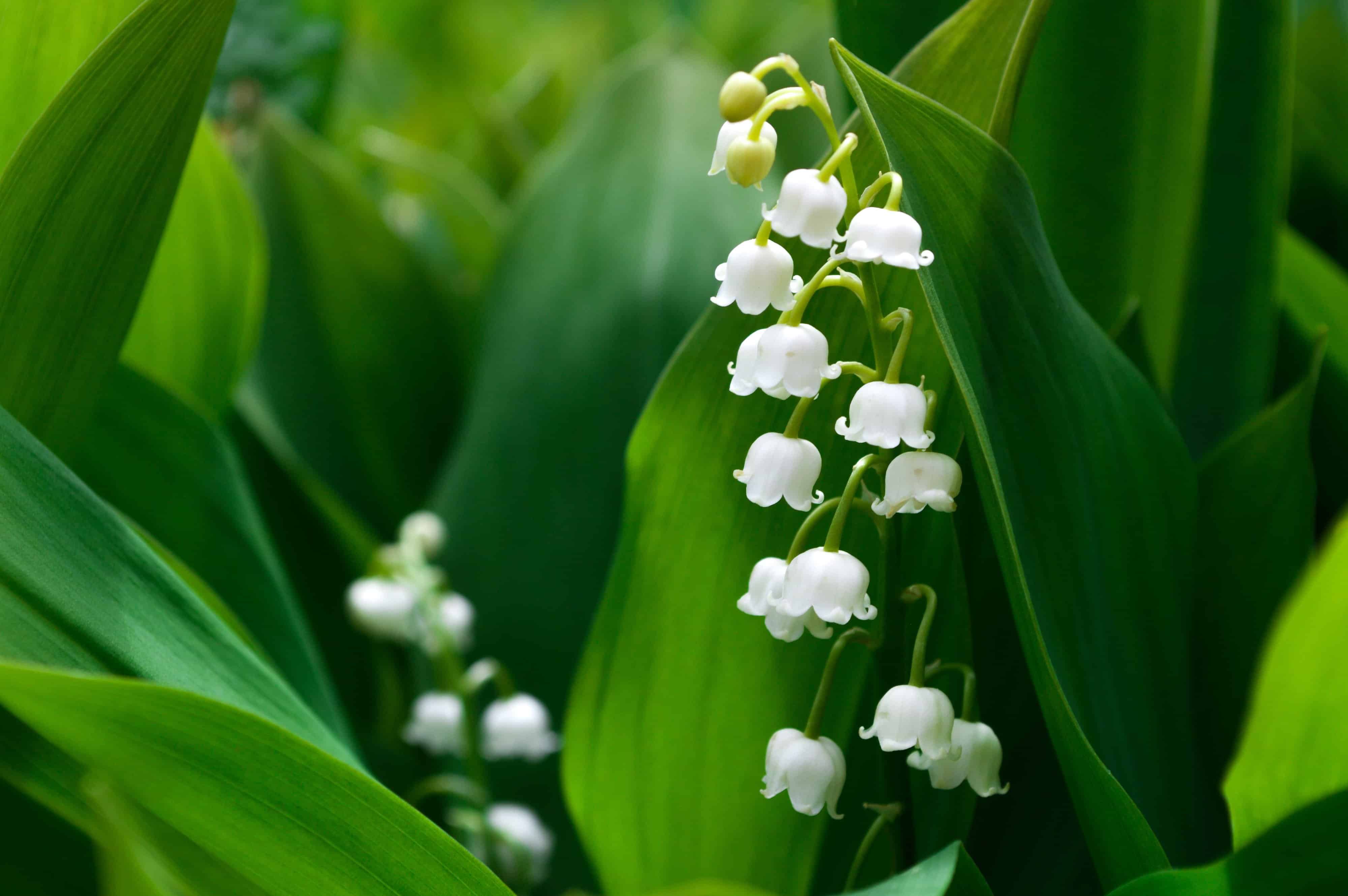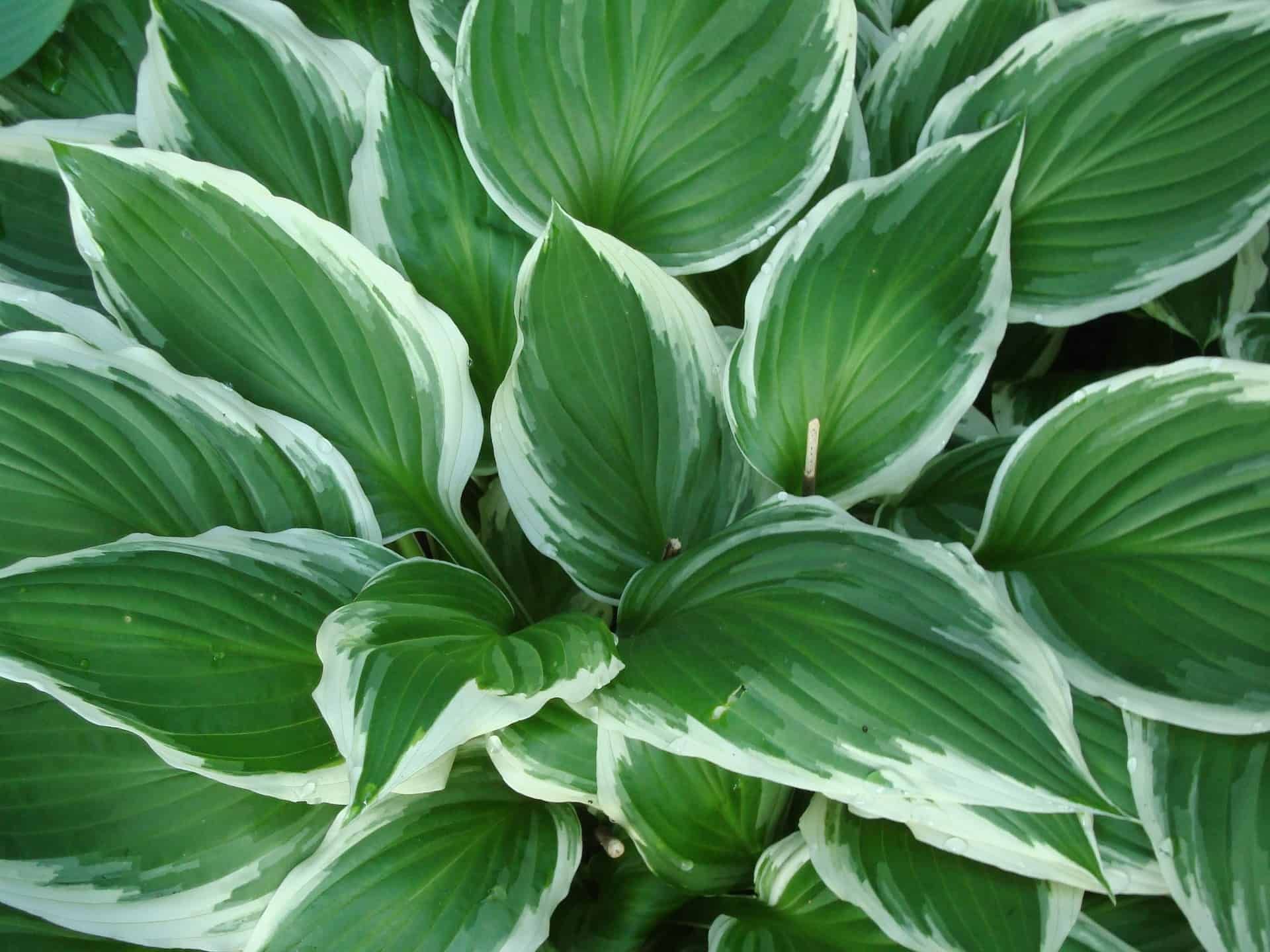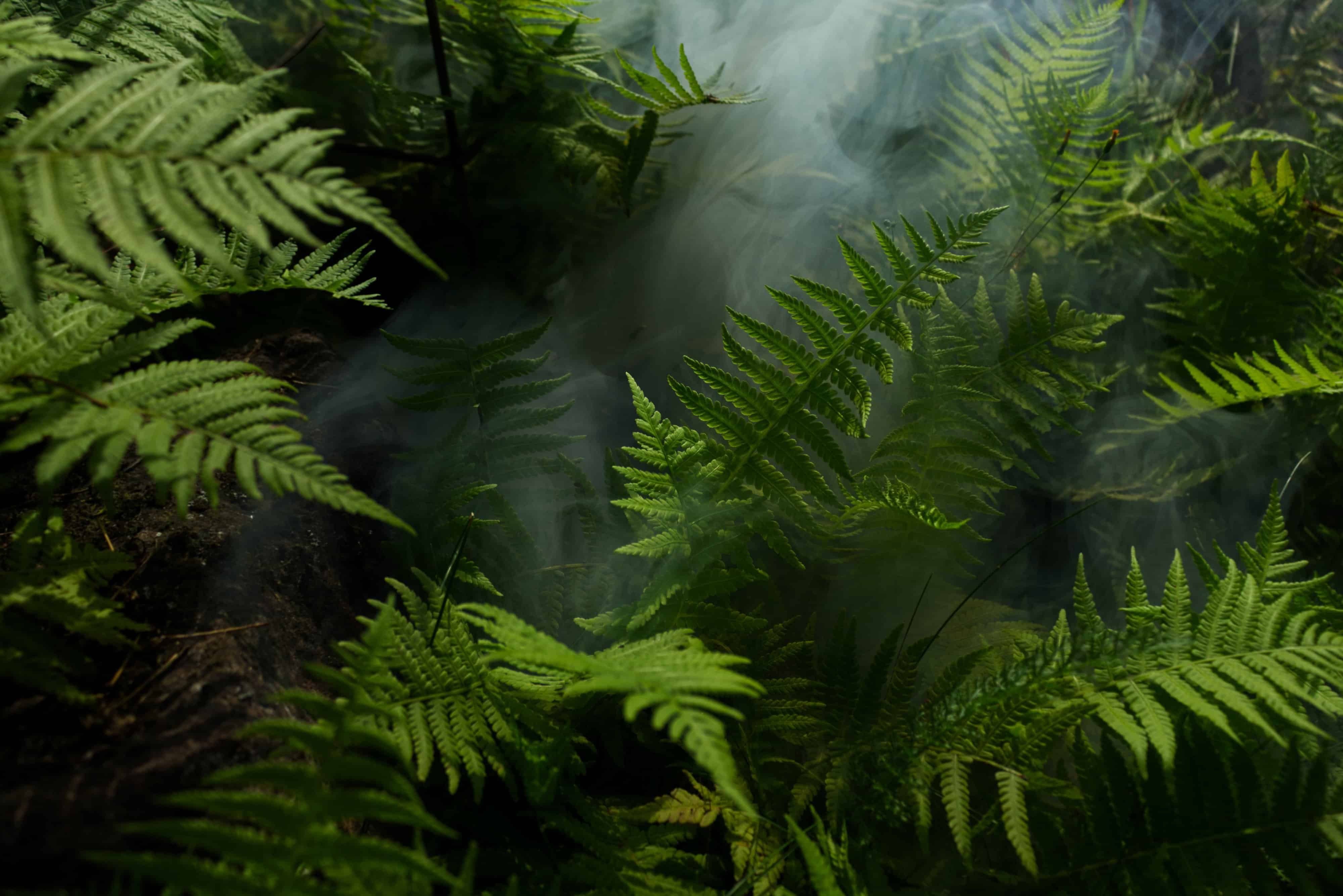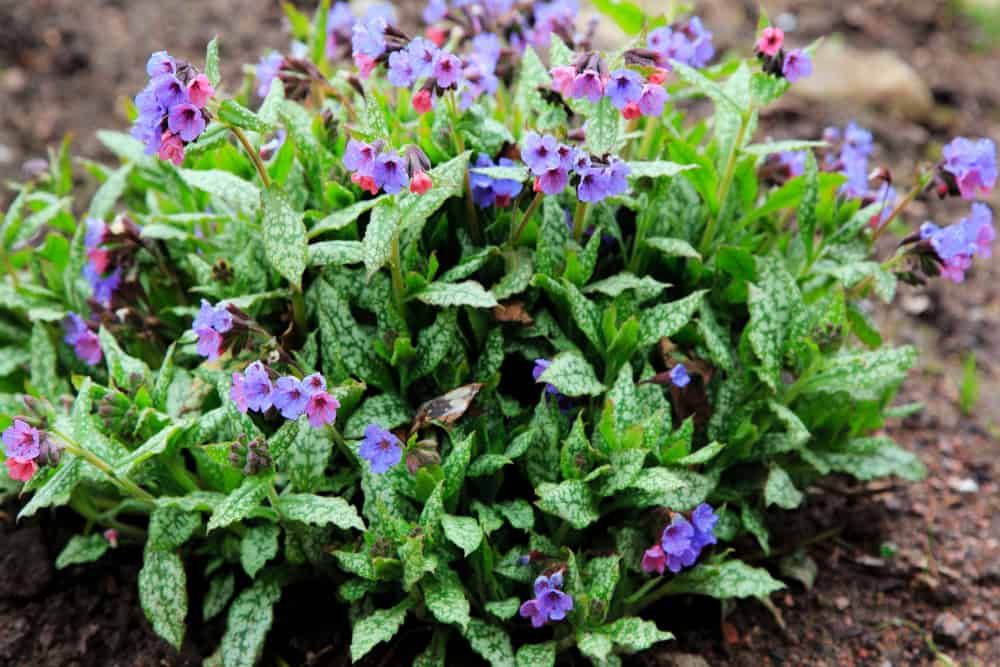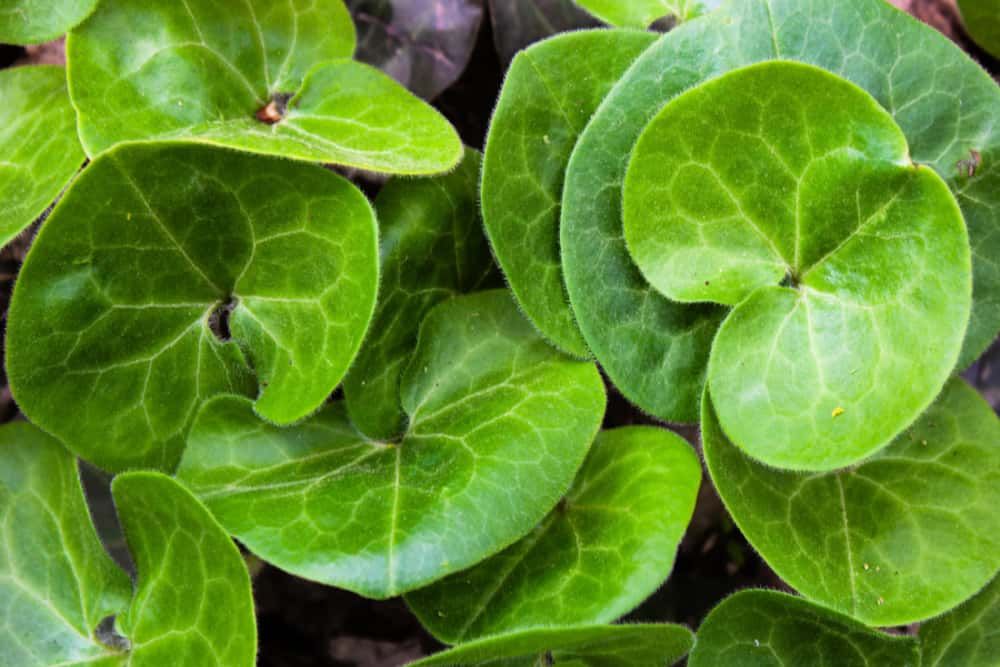Do you have a shady area in your yard or unused space under a tree that you don't know how to landscape? Planting ground covers that thrive in shade may be the perfect option to bring a touch of life to your yard. Not to mention, ground covers are low-maintenance plants that help fight soil erosion and reduce weeds.
Check out these six ground covers that thrive in shade, with minor care tips for each.
Sweet Woodruff
Image credits: May Kokkaido via Pixabay
Sweet woodruff is a ground cover with small delicate white flowers. This ground cover is an effective spreader and adds a playful touch to any yard. Sweet woodruff has a lovely and subtle smell. An additional bonus is that sweet woodruff can repel mosquitos.
If you’re looking for a ground cover to plant under trees in your yard, sweet woodruff is a great option. This plant prefers partial to full shade. Full sun can scorch the delicate leaves, so it’s better to plant in shady areas of your yard. In areas with hot climates, sweet woodruff can easily wilt. Shady areas will allow the plant to become lush and fluffy, improving its overall appearance. Sweet woodruff prefers moist soil and will blossom in late spring. You can water this plant 1 to 2 inches per week depending on the temperature.
Lily of The Valley
Image credits: Océane George via Unsplash
Lily of the valley has a delicate and sweet fragrance. This ground cover has romantic bell-shaped flowers and spreads easily once planted. Lily of the valley prefers shade and helps fight against soil erosion, making it a good ground cover for slopes. This plant is poisonous, so if you have small children or pets it’s important to be mindful before planting.
If you live in a cooler climate you can enjoy the delicate leaves all year long with early spring flowering. Lily of the valley grows sparsely so you may want to place mulch on the bare soil around each plant to help retain moisture. To help the plant thrive you can mix your soil with compost before planting. Make sure to keep the soil moist and water one inch per week.
Hosta
Image credits: katiem2 via Pixabay
Hosta is easily identifiable by its particular colored leaves and is often used in garden design. This ground cover blooms gorgeous purple and white flowers. You can expect blooms during the late spring and summer months. Hosta does well in shady areas and its lush foliage can grow up to three feet tall. Hosta's foliage can cover and deprive weeds of light.
Hostas prefer moisture and require 1 to 2 inches of water per week. If your plant dips into partial sun make sure to water more frequently. The leaves of the hosta plant are indicative of its health. If leaves are brownish yellow in color, the plant may be suffering from heat and require more water.
Ferns
Image credits: Elias Tigiser via Pexels
Ferns are a whimsical ground cover with flowy fronds. These plants thrive in full shade and in areas with low levels of sunlight. Ferns can create a border for your backyard or add an exotic touch for a tropical look.
Ferns thrive in various conditions and can benefit from weekly misting. While watering, make sure to avoid the fronds and water near the base of the plant. Ferns should be watered 1 or 2 inches per week.
Lungwort
Image credits: Flower_Garden via Shutterstock
Lungwort, or Pulmonaria longifolia, gets its name for two reasons. One, in the past, people used it as medicine for lung diseases and two, some people think the spots on its leaves make it look like a diseased lung. Despite its name, lungwort produces lovely funnel-shaped flowers that can be blue, pink, or purple.
Lungwort is low-growing and semi-evergreen. It loves partial to full shade and moist, well-draining soil. It's generally pest resistant, but remember that lungwort doesn't do well in extreme heat. Hummingbirds are attracted to this plant, but beware that it is toxic for cats and dogs.
Wild Ginger
Image credits: Kylbabka via Shutterstock
Wild ginger is sometimes known as Asarabacca europaeum or simply Asarabacca. Don't let its name fool you -- wild ginger isn't related to the kind you eat; it just smells like it. Wild ginger has leaves that some describe as kidney-shaped, others as heart-shaped. Its leaves can be green, grey-whitish, or variegated. In the spring, it blooms hairy flowers that are either purple or brown.
Wild ginger prefers partial to full shade and is an excellent choice for edging, underplanting, and of course, ground cover. It spreads in a mat-like formation. Plant your wild ginger in well-draining, acidic soil that is high in organic matter.
Conclusion
Choosing ground covers that prefer shade for the shady regions of your yard is an excellent way to bring life to your landscaping. Ground covers are a wonderful way to enjoy flower blooms in areas you may least expect.
If you enjoyed this article make sure to share it with your friends, and comment below which ground covers are your favorite.

